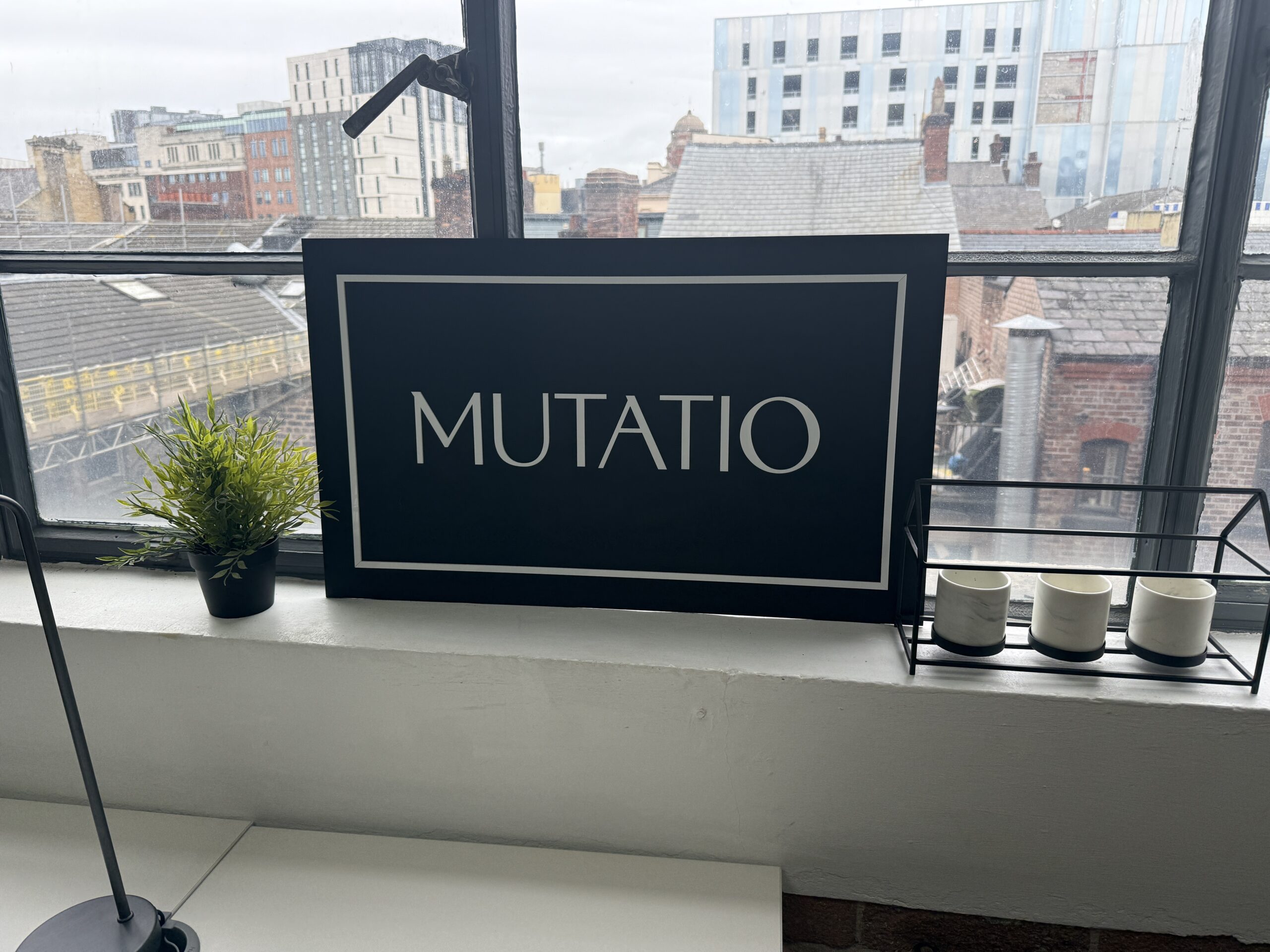
Long-Form vs. Short-Form content
According to research, only 20% of people finish reading an online article. With that said, does it then follow that all your content creation should be directed at writing short-form instead of long-form content? Most users have difficulty reading through long articles, so how can you expect them to make it to the end of a post with 1200 or more words?
In the long-form vs. short-form content debate, it is clear that long-form content offers more benefits than short-form content. Long-form pages typically have 1200+ words and offer users a continuous stream of traffic, leads, and social shares. Although short-form content pieces – from 500 to 800 words – can give you a quick traffic boost, they don’t provide the same advantages in the long run. If you’re curious about why long-form content is so important for marketing and how to write it effectively to generate leads and traffic, read on.
Reasons Why Long-Form Content is Better Than Short-Form
1. On average, longer articles are shared more on social media than shorter ones.
Studies have shown that longer content generally receives more shares and backlinks than shorter pieces of content. However, it is important to note that the longer piece’s quality must be high for it to succeed. People won’t want to share or link if you write a long post that’s filled with unnecessary information. However, if you provide valuable information in a longer article, people will be more likely to share and link to it. Therefore, when creating content, it is important to focus on quality over quantity.
2. Long-form content outperforms short-form content when it comes to ranking for keywords.
When you write a long-form article, you’re providing in-depth information that can help your audience with related keyword rankings. Not only does this type of content rank well, but it’s also helpful for users who are looking for new products or businesses. In fact, over 50% of users say they find a new product or business after using a search engine. Long-form content is valuable for any website looking to generate traffic and leads.
3. Content that is longer in length converts better
Long-form content generally performs better than short-form when it comes to conversions – this could be anything from product purchases to newsletter signups. There are several reasons for this: long-form content provides more information, allows users to explore a topic in-depth, and gives them multiple opportunities to act on the page’s calls to action. If you’re looking for leads, revenue, and traffic, make your content long-form!
4. Long-form content makes you an authority on the subject
When you write long-form content, you are positioning your company as an authority in your industry. Readers will trust and respect your business more for investing the time to research and share knowledge on a topic. This can positively influence website traffic, leads generated, etc.
Should I ever write short-form content?
Though the long form is the clear winner in the debate between long-form content vs. short-form content, some marketers never write short-form content because they don’t know when it is best suited. The answer to whether or not you should write short-form content depends on the topic – some subjects are better suited for shorter pieces of writing. Company announcements, annual industry trends, opinion pieces, and topics that can’t meet the word count of long-form content are all good candidates for short-form content.
How to write long-form content in 3 steps
Now that we’ve looked at some of the reasons why long-form content is better for marketing let’s take a quick look at how you can write it effectively.
1. Research your topic inside and out
If you’re going to write an in-depth article, you need to make sure you know everything there is to know about the topic. This means doing extensive research beforehand. Use various sources, including primary sources (if possible), to ensure you have a well-rounded understanding of your subject matter.
2. Write a catchy headline
Your headline is what will determine whether or not people actually read your article. It needs to be interesting and informative without giving too much away. A good rule of thumb is to keep your headline under 60 characters so that it’s easy to read and digest.
3. Structure your article for easy reading
No one wants to read a huge block of text – it’s important to break up your article into smaller paragraphs with subheadings. This will make it easier for readers to scan the article and find the information they’re looking for. You can also include images, infographics, and videos to further break up the text and make your article more engaging.
FAQs about long-form vs. short-form content
1. What is long-form content?
Long-form content is simply any piece of writing that is over 1200 words in length. This type of content can take the form of an article, blog post, whitepaper, or even an eBook.
2. What is short-form content?
Short-form content, on the other hand, is any piece of writing that is under 1000 words. This includes social media posts, product descriptions, and even email marketing campaigns.
3. Do people read long-form content?
Yes! In fact, long-form content is often more engaging and informative than short-form content. This is because it allows you to explore a topic in greater depth and provides multiple opportunities for conversion.
4. When should you gate long- or short-form content?
Many companies believe that gating their long-form content is the best way to go, but this isn’t always true. Publish your long and short-form content on your website so that it is accessible to everyone instead of hiding it behind a paywall. Only use gates for bottom-of-the-funnel topics that offer tremendous value to users.
5. Can you outsource long- or short-form content writing?
Yes, you can outsource both long- and short-form content writing. However, it is important to note that not all content writers are created equal. Be sure to do your research and find a writer who specializes in the type of content you need.
6. How much does it cost to produce long-form vs. short-form content?
The cost of long-form vs. short-form content production can vary greatly depending on a number of factors, including the length of the piece, the level of research required, and the experience of the writer. In general, however, long-form content is going to be more expensive to produce than short-form content.
To sum it up
When it comes to long-form vs. short-form content, there is no clear winner. Both have their own advantages and disadvantages that should be considered when making a decision about which type of content to produce. In general, long-form content tends to be more effective for marketing purposes and is more likely to engage and convert readers. Conversely, short-form content is better suited for quick reads and can be more easily consumed by busy readers. Ultimately, the decision about which type of content to produce should be based on your specific goals and audience.




